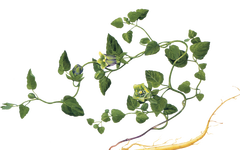Codonopsis pilosula (Franch.) Nannf., also known as Dang Shen (党参), Huang Shen (黄参), or Huang Dang (黄党), is the dried root of the plants belonging to the Campanulaceae family, including Codonopsis pilosula, Codonopsis tangshen, and Codonopsis javanica. It is neutral in nature and sweet in flavor. It thrives in cool and humid climates, predominantly growing in mountainous areas at altitudes above 1200 meters, exhibiting cold and moisture resistance. Codonopsis is mainly produced in Jilin, Liaoning, Heilongjiang, Gansu, Shaanxi, Qinghai, and Sichuan provinces.
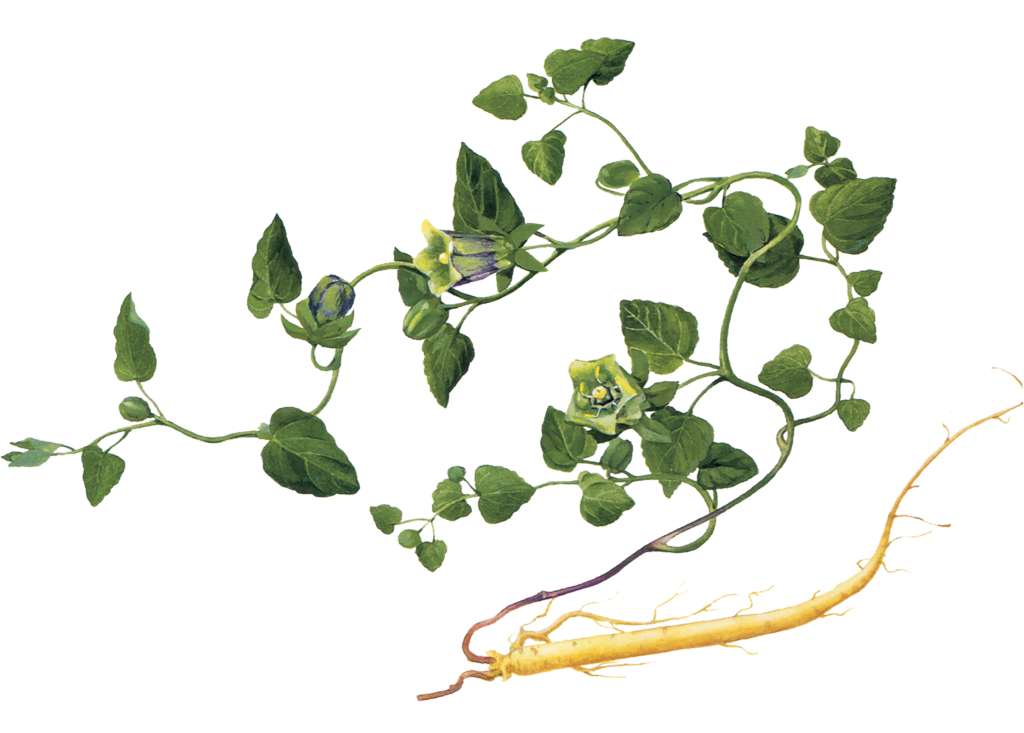
Currently, Codonopsis can be processed into Codonopsis wine, Codonopsis slices, and is available in the market. In daily life, it can be used to make soups, porridge, steamed rice, cooked vegetables, and Codonopsis jerky. It is listed in the food-medicine homology category, with a recommended daily dosage of ≤9 grams (dry weight), and is not suitable for pregnant women and infants.
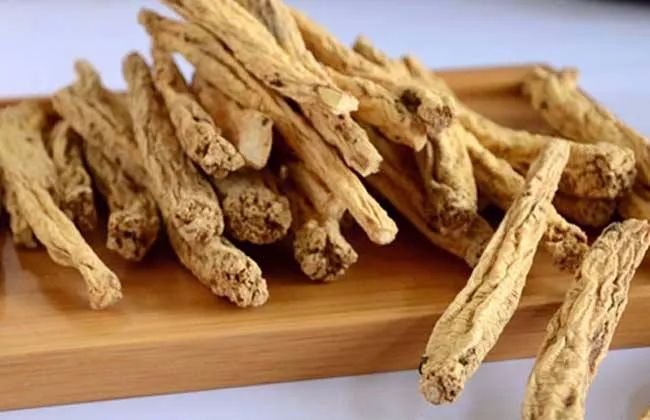

Nutritional Components

Codonopsis contains various nutritional components, including proteins, carbohydrates, fats, and minerals, as well as 17 types of amino acids, including 8 essential amino acids. Specific contents are detailed in Tables 1 and 2.

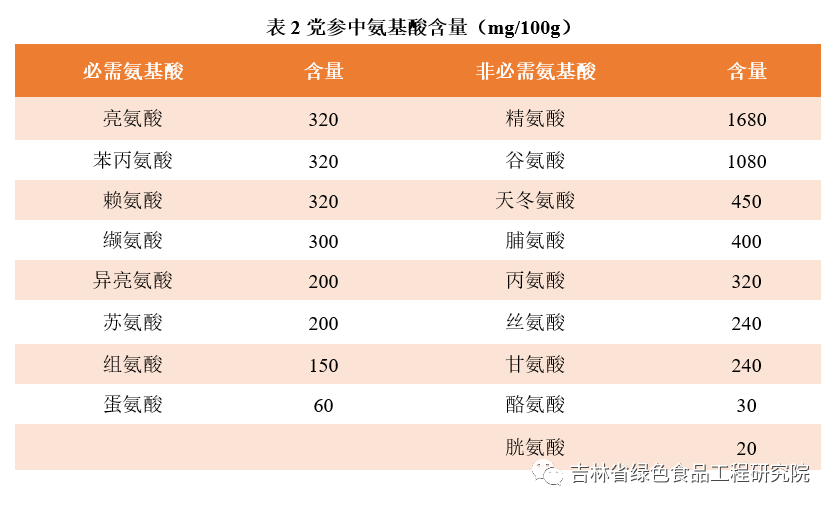

Active Components

Codonopsis contains active components such as polysaccharides, saponins, alkaloids, and triterpenes. Among these, polysaccharides are predominant, with a content of 162.20 mg/g; saponins have a content of 25.65 mg/g.
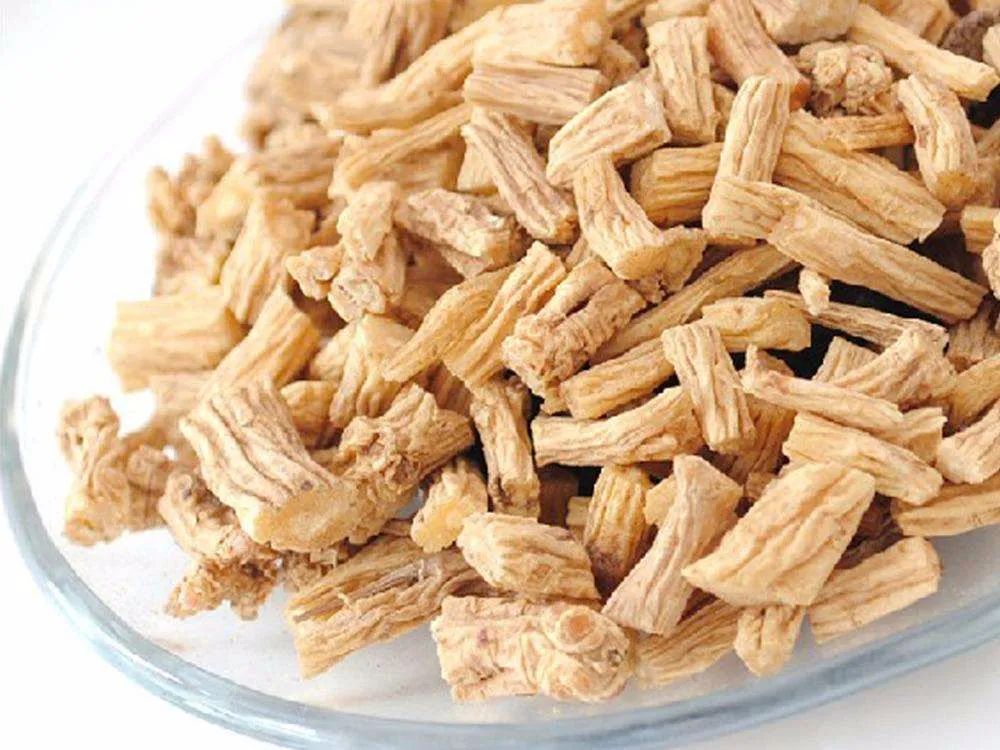

Functions and Effects

Blood Sugar Reduction
The polysaccharides in Codonopsis can enhance the activity of superoxide dismutase (SOD) in serum, reduce the content of malondialdehyde (MDA), and increase insulin levels, thereby achieving blood sugar reduction.
Blood Lipid Reduction
Total saponins from Codonopsis can lower total cholesterol (TC), triglycerides (TG), and low-density lipoprotein cholesterol (LDL-C) levels in hyperlipidemic rats, while increasing high-density lipoprotein cholesterol (HDL-C) levels and the HDL-C/TC ratio, thus achieving blood lipid reduction.
Immune Regulation
Codonopsis polysaccharides exhibit significant inhibitory effects on transplanted tumors in mice, significantly improving the thymus index and spleen index of tumor-bearing mice, enhancing the activity of NK cells and lymphocyte proliferation index, and significantly increasing the serum levels of cytokines such as interleukin-2 (IL-2), interleukin-1β (IL-1β), interleukin-6 (IL-6), tumor necrosis factor (TNF-α), and interferon (INF-γ), while reducing the serum level of interleukin-4 (IL-4).
Anti-Tumor
Codonopsis polysaccharides can inhibit the proliferation of gastric cancer BGC-823 cells and induce apoptosis, thus exhibiting anti-tumor effects.
Antioxidant
Codonopsis polysaccharides effectively scavenge free radicals such as 1,1-diphenyl-2-picrylhydrazyl (DPPH•), hydroxyl radicals (•OH), superoxide anion radicals (•O2–), and hydrogen peroxide (H2O2), with scavenging ability increasing with polysaccharide concentration.
Enhancement of Learning and Memory
Codonopsis polysaccharides are one of the active components that can improve the learning and memory abilities of model mice, possibly related to their antioxidant effects and immune enhancement.
Additionally, Codonopsis also exhibits anti-fatigue, hypoxia resistance, and anti-stress effects.

References
[1]Ye Ying, Li Shan, Zhang Jingyi, et al. Comparison of Polysaccharide Content and Antioxidant Activity of Codonopsis from Different Regions [J]. Anhui Agricultural Science, 2019, 47(21): 184-188.
[2]Liu Enli, Qin Xuemei. Research Progress on Codonopsis [J]. Journal of Shanxi Medical University, 2002, 33(6): 567-569.
[3]Liu Tiaoxiang. Cultivation and Management of Codonopsis [J]. Agricultural Science and Information, 2019(11): 19-20.
[4]Li Lixing, Kang Jiefang. Research Progress on Traditional Chinese Medicine Codonopsis [J]. Advances in Modern Biomedical Science, 2009, 9(12): 2371-2373.
[5]Zeng Linghong. Research Progress on Codonopsis [J]. Heilongjiang Science and Technology Information, 2016(19): 121.
[6]Chen Yuntang, Shang Feifei, Lü Xiaohua, et al. Evaluation of the Effects of Electron Beam Irradiation on the Nutritional Quality and Active Components of Codonopsis [J]. Journal of Nuclear Agriculture, 2015(9): 77-83.
[7]Kuang Zhaojin, Ye Xuelan, Ma Jinfang, et al. Determination of Four Trace Elements in Codonopsis of Different Ages by Suspension Injection-FAAS [J]. Spectroscopy Laboratory, 2011, 28(3): 1227-1231.
[8]Wang Tao, Chen Qianfeng, Zou Li, et al. Optimization of Polysaccharide Extraction Process from Codonopsis and Comparison of Polysaccharide Content from Different Purchase Locations [J]. Journal of Southwest University, 2016, 41(2): 41-45.
[9]Wang Jing, Liu Huiting, Chai Qingkai, et al. Optimization of Ultrasonic Extraction Process of Codonopsis Saponins by Response Surface Methodology [J]. Tianjin Agricultural Science, 2017, 23(10): 14-20.
[10]Fu Panpan, Hong Tie, Yang Zhen. Improvement of Insulin Resistance in Diabetic Mice by Codonopsis Polysaccharides [J]. Shizhen Guoyi Guoyao, 2008(10): 2414-2416.
[11]Nie Songliu, Xu Xianxiang, Xia Lunzhu. Effects of Total Saponins from Codonopsis on Blood Lipids and NO Levels in Experimental Hyperlipidemic Rats [J]. Journal of Anhui University of Traditional Chinese Medicine, 2002(4): 40-42.
[12]Chen Jiayu, Hu Linhai, Wu Hongmei, et al. Study on the Immune Response and Tumor Inhibition Effects of Codonopsis Polysaccharides in Tumor-Bearing Mice [J]. Chinese Journal of Cancer Prevention and Treatment, 2015, 22(17): 1357-1362.
[13]Qiu Xiao, Gong Xiaoqing, Li Xuetao, et al. Investigation of the Inhibitory Effect of Total Polysaccharides from Codonopsis on Gastric Cancer Cells [J]. Journal of Traditional Chinese Medicine, 2019, 25(3): 74-79.
[14]Zhou Limei, Zhan Min, Zhang Tao. Analysis and Research on the Extraction, Structure, and Antioxidant Activity of Codonopsis Polysaccharides [J]. Contemporary Medical Forum, 2017, 15(17): 162-164.
[15]Zhang Zhendong, Wu Lanfang, Jing Yongshuai, et al. Study on the Effects of Codonopsis Polysaccharides on Learning and Memory in Mice [J]. Journal of Mountain Agriculture and Biology, 2010, 29(3): 242-245.
[16]Han Yujun, Chang Hong, Huang Jiyong, et al. Observation of the Anti-Fatigue and Hypoxia Resistance Effects of Codonopsis in Mice [J]. Journal of Jiangxi Animal Husbandry and Veterinary Medicine, 2013(1): 18-20, 22.
[17]Tong Xin, Zhang Xiaodan, Liu Lin, et al. Comparative Study on the Anti-Stress Effects of Astragalus and Codonopsis in Mice [J]. Journal of Harbin Commercial University, 2003(5): 514-516.
▲ Scroll up and down to see more
Submitted by/Zhang YuheReviewed by/Wang Ying, Wang GuoliangTypeset by/Jiang Shanshan


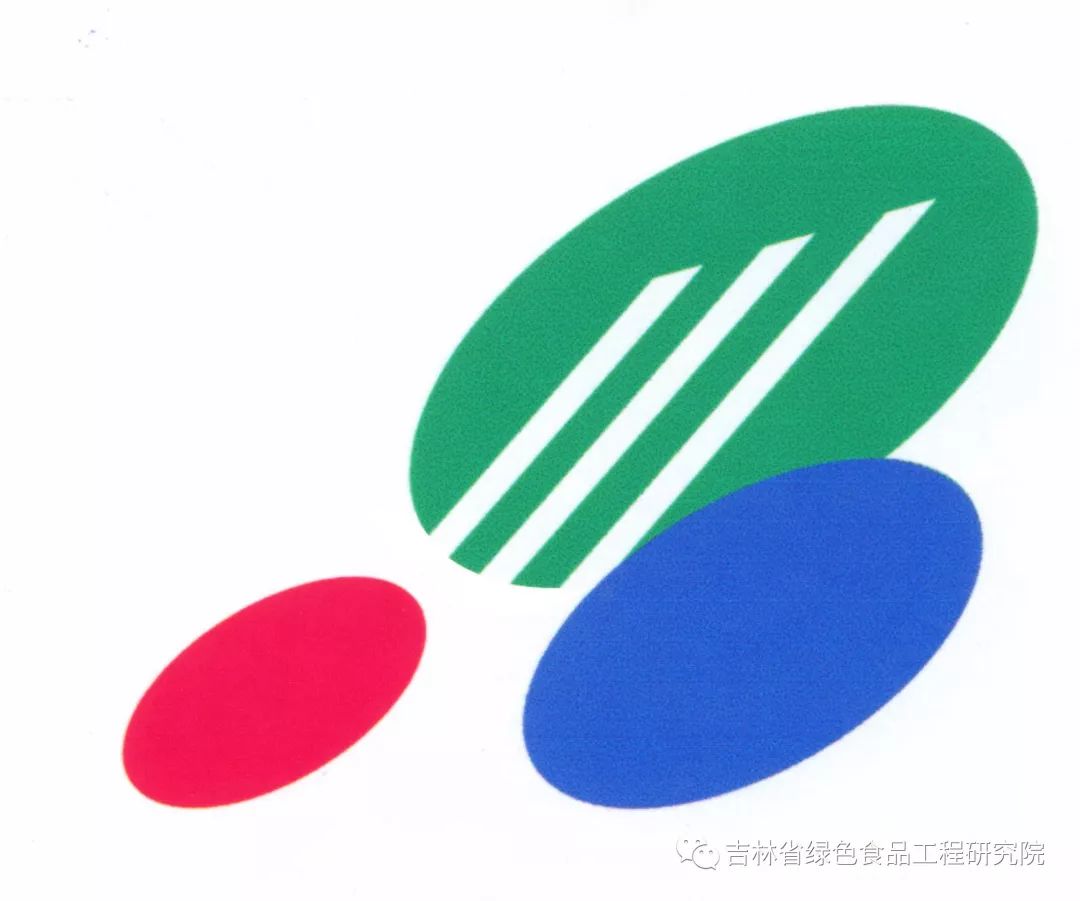 Jilin Province Green Food Engineering Research Institutehttp://www.jl-greenfood.com
Jilin Province Green Food Engineering Research Institutehttp://www.jl-greenfood.com


WeChat ID: GreenFood-JL Official Website QR Code
Wholeheartedly serving the people!


